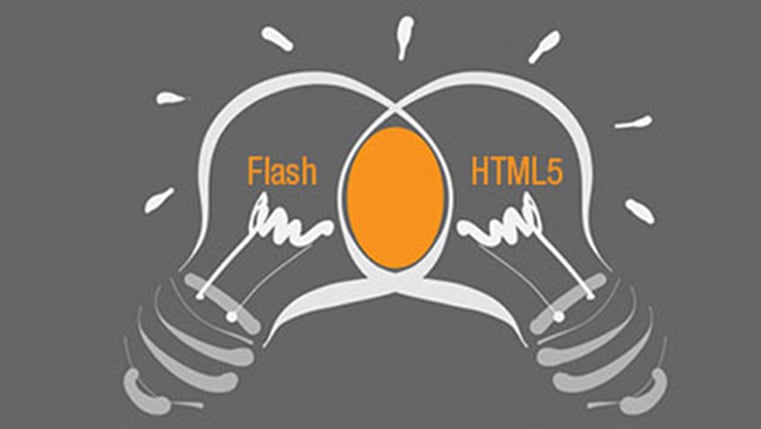Convert ILT to E-learning and Get the Best ROI On Your Training Investment

Instructor-led trainings are too rigid for today’s dynamic corporate world. The idea of taking a learning course at a specified time and place doesn’t sit well with today’s fast moving millennial employees, as trainings once missed, cannot be accessed again.
But, what if you already have instructor-led training material, on which you have spent considerable time and money for development? Convert your ILT to an e-learning course to get the most out of the knowledge you have already compiled and the cost you have already incurred. Below are some of the things that you should keep in mind when you proceed with the conversion:
Make your Content E-ready
ILT content is developed after a lot of scrutiny and effort, often applying many educational-principles to impart knowledge to learners. But, the impact of the content doesn’t necessarily hold true for the digital medium. Learning principles used for e-learning can be completely different from the ones used in classroom training. Plus, a trainer might be sharing a lot of knowledge from his personal experience, so it is a good idea to ask for speaker notes. You need to apply a framework to achieve impactful conversion. The most commonly used process to create an online training is the ADDIE model, i.e.:
- Analysis
- Design
- Development
- Implementation
- Evaluation
Even though you are converting an existing training course, it is best to funnel the content down the ADDIE-cone to transform the course, using tried and tested instructional design principles.
Analyze Thoroughly
Keep in mind the vast differences of the digital medium that you will face during this conversion. As compared to the classroom, the digital world has its own set of strengths and weaknesses. The effectiveness of classroom training also depends on the proficiency of the trainer, so take this in your calculations. Analyze your content carefully and identify the areas which can be best fitted to the various modules of digital learning. For example, some sections can be converted to a role-play game or an infographic or an animated video. Since the punch of e-learning lies in delivering need-to-know information, don’t be afraid to junk any unnecessary material.
Aim to Increase Interactivities
Interactivity is a great strength of classroom learning. Luckily, e-learning courses are not far behind in catching up. Using innovative instructional design strategies, educational technology and powerful authoring tools, a great level of interactivity can be achieved in an e-learning course. Using these, you can map classroom activities to their digital equivalents. You also have the added advantage of making assessments and feedback interactive and fun, using the many features of the digital medium.
By keeping the above points in mind, you can convert your ILT material into a strong e-learning course. Below are some of the advantages that you get after making this conversion:
- Businesses can save a lot of training cost as they don’t have to start from scratch. This greatly increases the ROI, as the content developed a single time is used time and again.
- ILT has been in circulation for quite some time, proving its effectiveness. Building an e-learning course on top of that can further strengthen your company’s training program.
- Double the impact of course conversion by integrating the latest technological and learning trends. This redefines old content to better resonate with today’s learners.
- Typically, the seat time of an online program will be less than half (or one-third) of the ILT program. This means that the learner can achieve the same learning outcomes in a lesser time.
- The eLearning approach is learner-centric and provides control to the learners, enabling them to go through the training at their own pace. Plus, they have access to this training to refer to or refresh, when required.
- Overall, e-learning translates to better knowledge retention, skill development and higher learner efficiency, in the current fast-moving professional landscape.
Converting ILT to eLearning is a smart way to deploy training for companies looking to save resources like time and money. Transform your learning material to create a high value for your business, as well as your learners.





